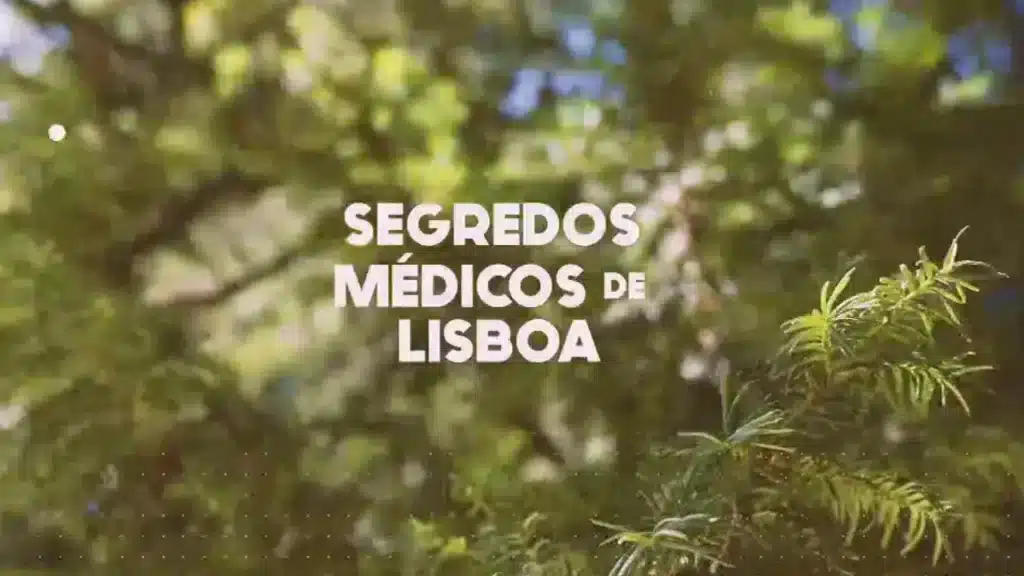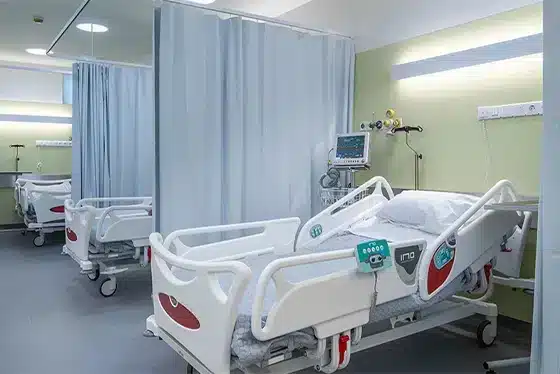Salivary glands
Saliva aids digestion, taste, oral health, and kissing experiences. Produced by major and minor glands… See more →
- Highly qualified team with over ten years of experience in performing both simple and complex surgeries.
Stars on Google.
Medical cases

Parotid tumor surgery testimonial

Salivary Gland Stone (Sialolithiasis) Removal Under Local Anaesthesia

Clinical case (tumor): Man with a big right-sided face mass

The Role of Fine needle aspiration (cytology) in head and neck surgery

Comprehensive Surgery: Parotid Mass, Neck Lipoma and skin lesion.
Salivary glands
Symptoms
Are you experiencing any of these symptoms?
- Swelling near your jaw or mouth;
- Pain in your face or mouth;
- Dry mouth;
- Difficulty swallowing;
- Strange taste in your mouth;
- Facial muscle weakness.
If so, you may be dealing with a salivary gland disorder. Let’s dive into the world of these important glands and learn how to keep your facial health in top shape.
The marvelous world of saliva
Saliva is a multifaceted bodily fluid.
Moisturizing the oral cavity, saliva has an essential role in:
- Initiating the digestion process and acting as a food lubricant to help swallowing;
- Modulates food taste and aromatic sensitivity;
- Protects against tooth decay;
- Has antibacterial and antifungal functions, helping to regulate oral flora (natural mouthwash);
- Important in avoiding bad breath;
- To moisture those “French Kisses”.

Saliva and salivary glands: a dynamic duo
Your body is home to two types of saliva-producing glands: major and minor glands.
There are 6 major salivary glands, 3 on each side of the face.
- The largest are the parotid glands, located in front of the ears. Their draining ducts open in the buccal mucosa, at the upper first molar level.
- Then the submandibular glands represent the second largest glands and can be found beneath the floor of the mouth.
- Anteriorly to them, lie the sublingual glands.
There are around 800 minor salivary glands throughout the aerodigestive tract, but most are concentrated in the buccal mucosa (inside the cheek), lips and tongue.
Saliva is mainly comprised of water, proteins, ions and enzymes.

Common salivary gland issues
Mucoceles and ranulas
Salivary flow can be disrupted and saliva may get retained and collected inside a cyst, creating a mucocele. They usually occur in the minor salivary glands of the lip and cheek mucosa.
It may also leak through the floor mouth tissues, appearing as large translucent swelling, resembling the belly of a frog, therefore called ranula.
In young ages, mucoceles and ranulas tend to resolve spontaneously. But if they are symptomatic, persistent, and are not self-resolving they can be surgically managed.
Salivary stones (Sialolithiasis)
Salivary flow can also be interrupted by a stone. Salivary glands can form stones, sharing some similarities to kidney stones.
It usually happens in the submandibular gland, because the highly viscous saliva from this gland, flows against gravity, stagnating more easily and contributing to ion precipitation. It may also occur in the parotid glands or any other salivary gland.
In these cases, the gland size may fluctuate. It rises suddenly during meal times, when there is saliva stimulus, but no drainage due to the mechanical blockade caused by the calculus. Then, in between meal times, the size tends to reduce partially.
Treatment: Stones may be expelled on their own, but sometimes they need a surgical intervention, either with local or general anesthesia, occasionally using an sialendoscope, if the calculus location is favourable for that method.
Salivary gland tumors
Tumors originating from salivary glands are usually benign, presenting more frequently in the parotid gland, as a solid slow growing lump.
Pay attention, do not disregard benign tumors, as some types of benign tumors carry a considerable risk for malignant transformation.
Red alert signals pointing toward a possible malignant mass:
- Painful mass;
- Fast growing lump;
- Neck nodal lump;
- Facial paralysis.
The smaller the size of the salivary gland, the higher the probability of a malignant tumor.
The usual diagnostic workflow includes imaging examination and a fine-needle aspiration.
Surgery is the mainstay therapy. One of the main concerns, is to preserve the facial nerve structure and function, not only in the submandibular, but in particular in the parotid gland. Because the nerve crosses the gland interior it therefore requires a high level of expertise to remove the tumor, preserving all nerve ramifications as far as possible.
In malignant cases, surgery might have to include the resection of neck lymph nodes. Radiotherapy is an also a main or complementary treatment option.
Watch the video testimonial of a patient who underwent parotid tumor surgery to better understand the experience and recovery process.
Inflammatory salivary gland diseases
Inflammatory conditions, such as Sjögren’s syndrome, can significantly impact salivary gland function. Sjögren’s is an autoimmune disorder causing dry mouth and eyes, often diagnosed through a minor salivary gland biopsy – a minimally invasive procedure sampling glands from the inner lip.
Other inflammatory conditions like chronic sialadenitis, sarcoidosis, and IgG4-related disease can also affect these glands, leading to swelling, pain, and reduced saliva production.
For many of these conditions, we offer advanced treatments like salivary gland lavage (sialocentesis), often combined with sialoendoscopy. This procedure flushes out the salivary ducts, removing inflammatory debris and providing both diagnostic information and symptom relief.
By utilizing these innovative techniques, we can ameliorate chronic inflammatory conditions of the salivary glands, frequently reducing the need for more invasive treatments or long-term medication use.
Advanced treatment: sialoendoscopy
For both salivary stones and inflammatory conditions, sialoendoscopy offers a minimally invasive solution. This procedure uses a tiny camera and specialized tools to:
- Diagnose issues within the salivary ducts;
- Remove stones without external incisions;
- Dilate narrowed ducts;
- Flush out inflammatory debris (sialocentesis).
Sialoendoscopy can often help patients avoid more extensive surgery and preserve gland function.
Frequently asked questions
What causes swelling in my cheek or under my jaw?
Swelling can be caused by various factors, including salivary stones, infections, or tumors. It’s important to have any persistent swelling evaluated by a specialist.
Why does my mouth feel dry all the time?
Chronic dry mouth can be a symptom of conditions like Sjögren’s syndrome, or a side effect of certain medications. A thorough examination can help determine the cause.
Are salivary gland tumors always cancerous?
No, most salivary gland tumors are benign. However, all lumps should be evaluated by a specialist to rule out malignancy.
What is sialoendoscopy and is it painful?
Sialoendoscopy is a minimally invasive procedure using a tiny camera to diagnose and treat salivary gland issues. It’s typically performed under local anesthesia and causes minimal discomfort.
How long does it take to recover from salivary gland surgery?
Recovery time varies depending on the procedure. Minimally invasive treatments like sialoendoscopy often allow for quick recovery, while more extensive surgeries may require several weeks.
Can salivary stones come back after treatment?
While treatment is usually successful, stones can recur in some cases. We’ll provide you with guidance on prevention and follow-up care.
Will removing a salivary gland affect my ability to produce saliva?
You have multiple salivary glands, so removing one typically doesn’t significantly impact overall saliva production. Your other glands will compensate.
Are there any home remedies for salivary gland issues?
While medical evaluation is crucial, staying hydrated, gentle gland massage, and warm compresses can sometimes provide temporary relief for minor issues.
How are salivary gland infections treated?
Treatment depends on the cause but may include antibiotics, anti-inflammatory medications, or in some cases, minimally invasive procedures to clear blockages.
Will I need to change my diet after salivary gland treatment?
You may need to modify your diet temporarily after some procedures. We’ll provide specific guidelines to support your recovery and maintain your oral and facial health.
Take action for your facial health!
Don’t let salivary gland issues impact your quality of life. If you’re experiencing symptoms or have concerns, schedule a consultation with our expert team today. We offer state-of-the-art treatments, including sialoendoscopy, to keep your salivary glands flowing smoothly.
Contact us now to book your appointment and take the first step towards a healthier, happier mouth!













